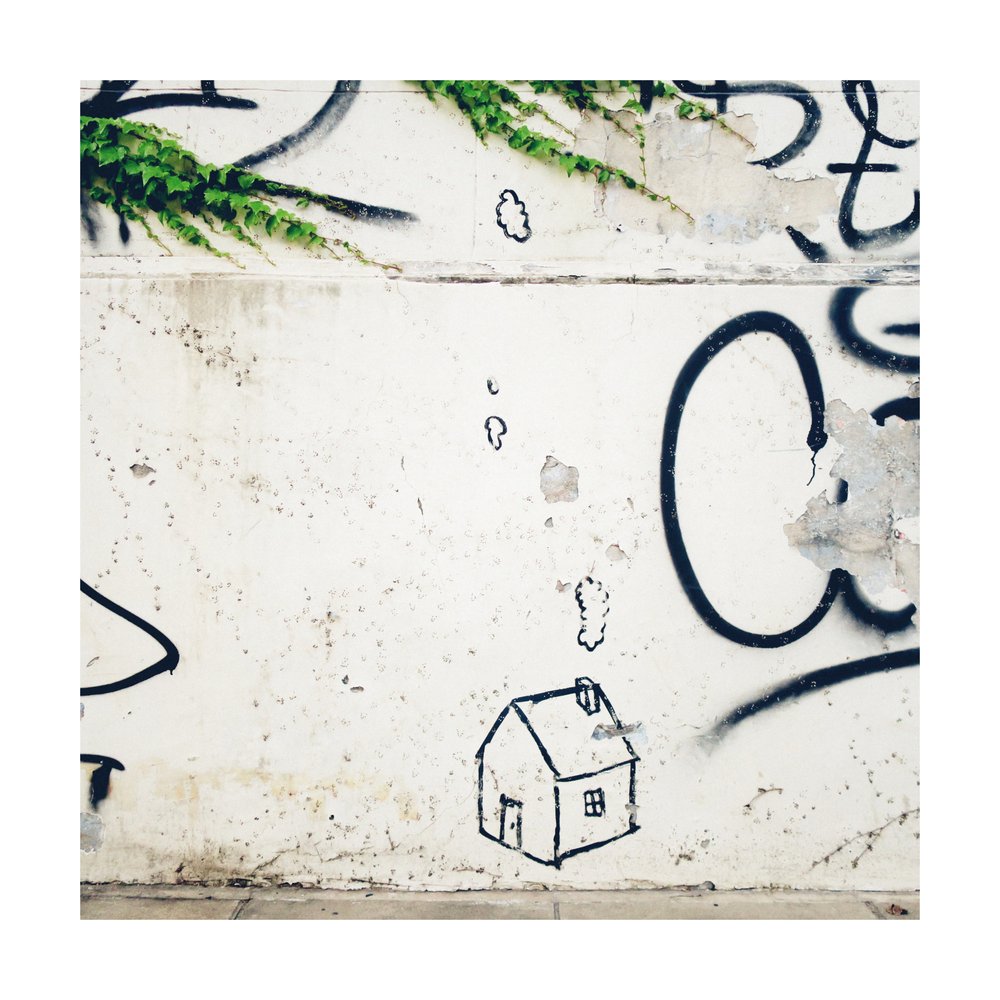The Iceland my father grew up in had no television, no highway. He likes to explain that he had never seen a pizza until the age of 10 when they went on a family trip to Copenhagen. It was only 60 years ago that the rest of the world ignored this little island.
I inherited a keepsake from that time. I’m not sure how it found its way to my hands, maybe when my grandfather passed away, it was passed onto me. It was sent to my dad from his dad in 1964, when my dad was just about to turn three. My father is one of five children, but this postcard was sent to him individually. I wonder if my grandfather sent each of his children a postcard that my grandmother then read aloud to each of them. (When you send a postcard to a child I guess you acknowledge the adult who will read it to them)
There are many aspects of this postcard that mark its era. The address is incredibly simple: “Skógaskóla, Eyjafjöllum, Iceland.” Eyjafjöll is the region now known widely as the mountain where the unpronounceable volcano Eyjafjallajökull erupted. When my dad was growing up, they lived in a small village called Skógar, which translates to “forest.” There aren’t many trees in Iceland, but there’s a small trail of trees in Skógar tall enough to cover the sky and enclose the space around you. My grandfather also planted hundreds of trees around his house, birch trees that surround the small A-frame house we still go to every summer. He was the principal of the school “Skógaskóla,” which just means school of Skógar (or forest school). There were only a few houses then, so I’m not surprised the postcard made its way to my dad swiftly with only three words as its address. No numbers, no street names, just the one and only school. Besides the school, there was a church and a few turf houses. You can visit them as part of a museum now.
I can barely read my grandfather’s writing in its small cursive. “This is an enormously big city,” he writes. “I am seeing a lot that I have never seen before. I’ll tell you all about it when I’m home.” He then mentions my father’s brother and his sisters, “I hope you are playing together. You’ve always been good kids.” In that instance, I could hear my grandfather’s voice. He would often say to me and my sister “duglegar telpur” which is a very old-fashioned way of saying that we were talented and good, though I’ve never been quite able to translate this word “dugleg.”
There is so much reassurance in the brevity of a postcard. I am well, I hope all is well with you, I’m sending my best, say hello to so-and-so! In the smallest amount of details, we can still convey so much. The image on the postcard is a portal to a place we are writing from. But it’s one of the least personal images one can send as well, as there are hundreds of repeat images traveling across planes and ships to other postcard-receivers. It doesn’t send any detail on specific places the sender might have visited. It’s also an incredibly spontaneous act, one of momentary writing.
If I hadn’t known it was the Chicago skyline, I wouldn’t have guessed it from the image. The skyscrapers that adorn the Chicago of today make these buildings from the 60’s barely discernible. The Hancock tower was completed in 1968, the Willis (formerly Sears) tower in 1974, the same year the Icelandic ring road was completed. I happened to spend half of my childhood in Chicago, which also made this postcard more magical. I found out later, when asking my aunt, that my grandfather was on a Fulbright which is why he wrote in October that he’d be “home in the winter.” The postcard is a mere fragment I have of the months he spent in a city I know so well now, a small instance to connect through words, time, and place.
Mána [Hjörleifsdóttir] Taylor is a writer and art critic currently based in New York. You can learn more about her here.



